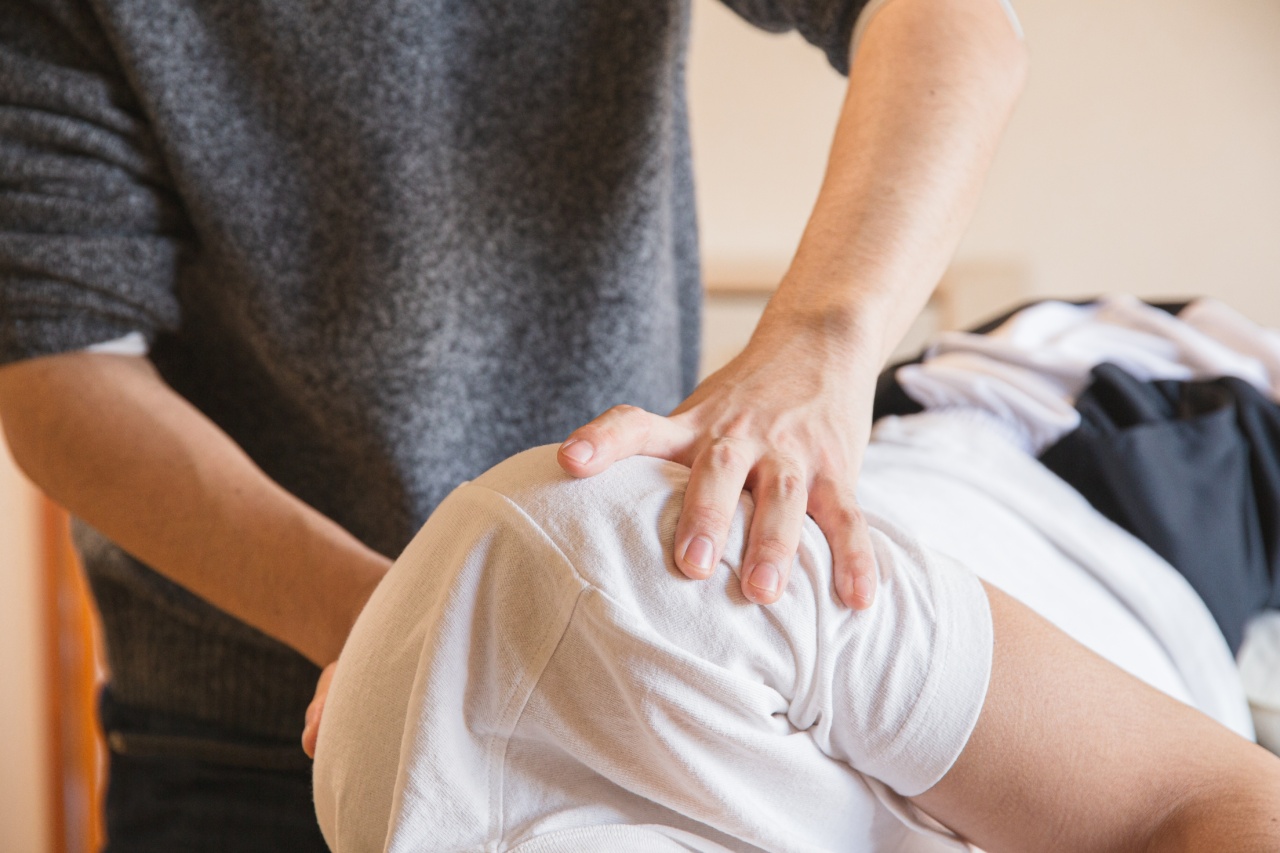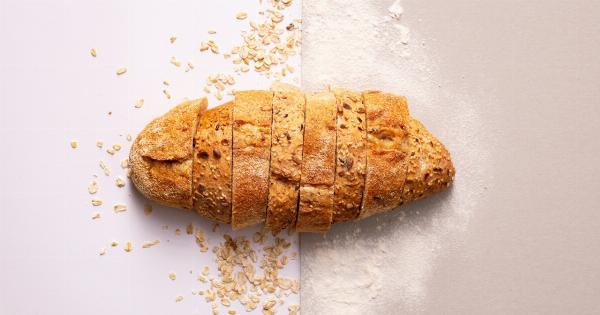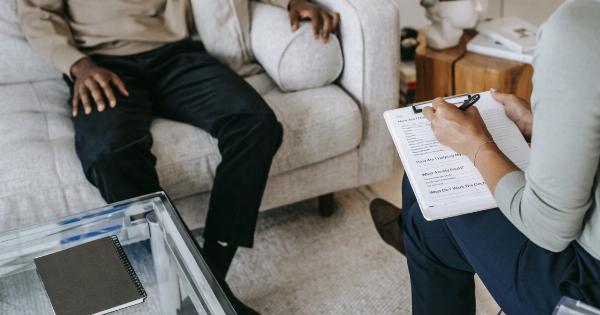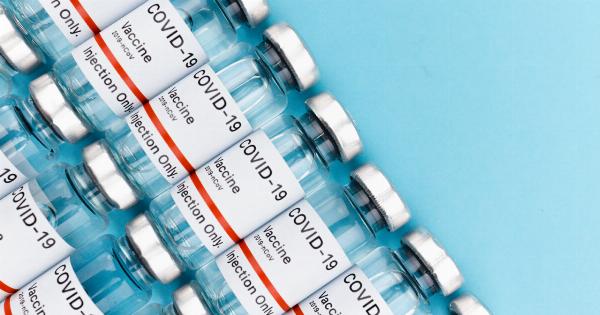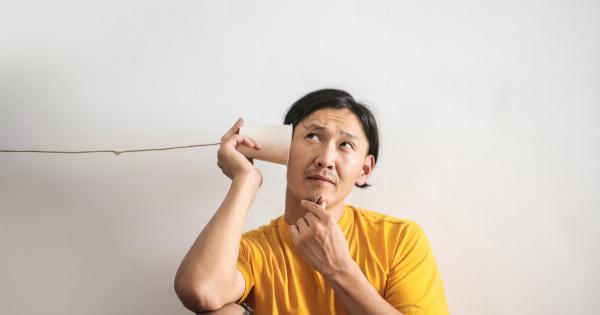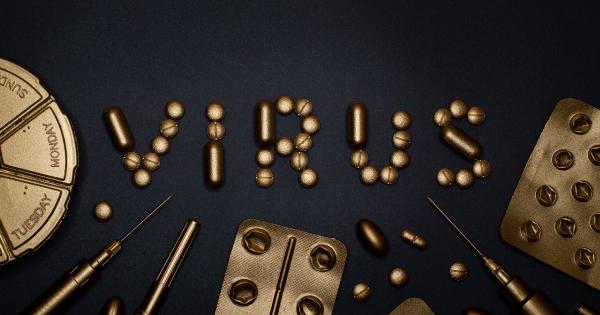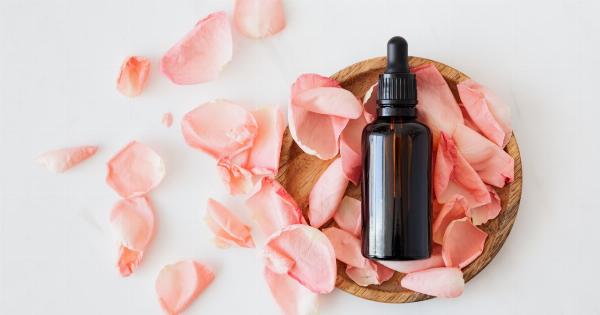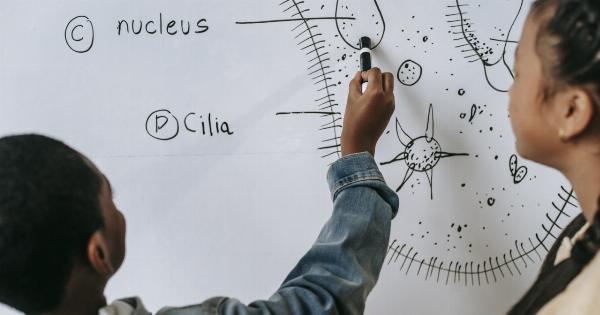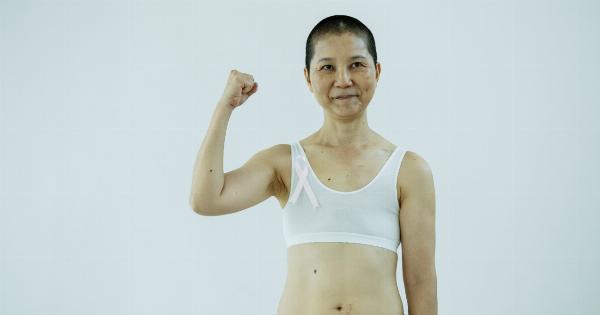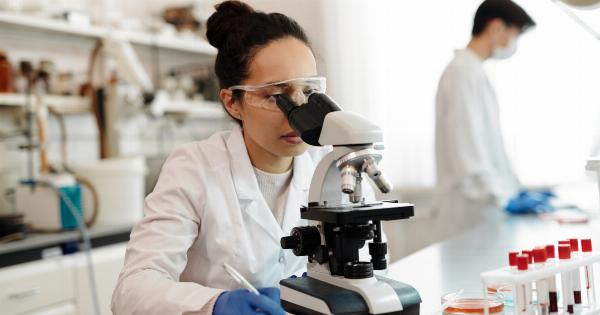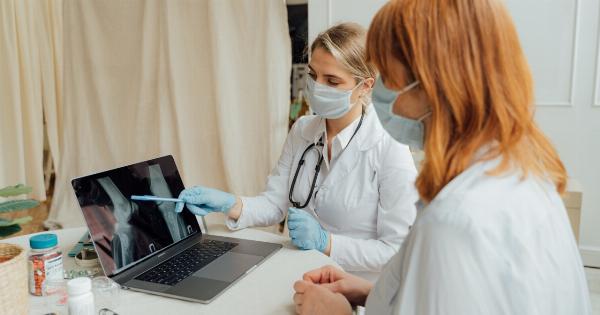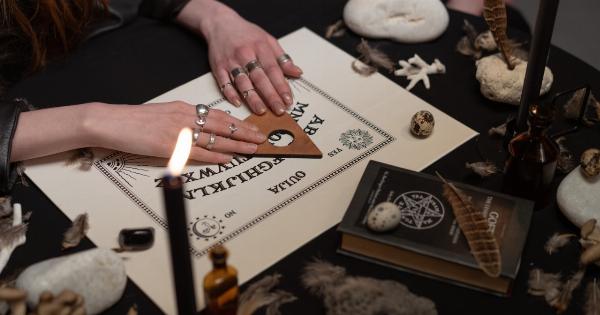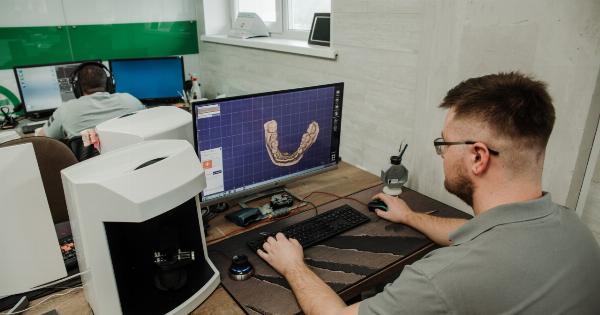Shoulder injuries can be debilitating and affect your ability to carry out everyday tasks. Torn shoulder tendons, specifically, can cause intense pain, limited range of motion, and overall discomfort.
Fortunately, advancements in regenerative medicine have introduced platelet-rich plasma (PRP) therapy as an effective treatment for these injuries.
What are Torn Shoulder Tendons?
The shoulder joint comprises a network of muscles, ligaments, and tendons that work together to provide stability and facilitate movement. Tendons are tough bands of connective tissue that connect muscles to bones.
When a tendon in the shoulder tears, it can significantly impact the joint’s function and mobility.
Causes and Symptoms
Torn shoulder tendons commonly result from acute trauma or repetitive strain on the shoulder joint. Some common causes include:.
- Direct impact or trauma to the shoulder
- Repetitive overhead motions, such as throwing or weightlifting
- Sudden jerking movements
The symptoms of a torn shoulder tendon may vary depending on the severity of the injury. However, common signs include:.
- Intense pain
- Swelling and inflammation
- Weakness or inability to move the shoulder
- Clicking or popping sensations
- Difficulty sleeping on the affected shoulder
Traditional Treatment Options
When a torn shoulder tendon is diagnosed, the initial approach to treatment typically involves conservative methods such as:.
- Rest and avoiding activities that exacerbate the symptoms
- Icing the shoulder to reduce pain and inflammation
- Physical therapy exercises to improve strength and flexibility
- Nonsteroidal anti-inflammatory drugs (NSAIDs) for pain management
While these treatment options can often help alleviate symptoms and promote healing in minor cases, they may not be sufficient for severe or chronic tendon tears.
Understanding PRP Therapy
Platelet-rich plasma (PRP) therapy is a cutting-edge regenerative medicine technique that utilizes the body’s natural healing properties to repair damaged tissues.
PRP is derived from your own blood and contains a high concentration of platelets, growth factors, and other regenerative components.
How PRP Can Help
PRP therapy can effectively treat torn shoulder tendons by promoting the natural healing process and accelerating tissue regeneration.
When PRP is injected into the site of the tendon tear, it stimulates the body’s repair mechanisms and enhances the production of collagen, a vital component of tendons and other connective tissues. This helps to strengthen and reconstruct the torn tendon, reducing pain and improving function.
The PRP Treatment Process
The PRP treatment process typically involves the following steps:.
- Initial consultation: A thorough assessment is conducted to evaluate the extent of the tendon tear and determine if PRP therapy is a suitable treatment option.
- Blood extraction: A small sample of your blood is taken, usually from the arm, and placed in a specialized centrifuge.
- Centrifugation: The centrifuge spins the blood sample at high speeds, separating the platelets and plasma from other components.
- PRP preparation: The concentrated PRP is carefully extracted from the centrifuge and prepared for injection.
- Injection: Using imaging guidance, such as ultrasound, the PRP is precisely injected into the targeted area of the torn tendon.
- Recovery and rehabilitation: After the PRP injection, you may be advised to follow specific rehabilitation exercises and activity modifications to aid in the healing process.
The Benefits of PRP Therapy for Torn Shoulder Tendons
PRP therapy offers several benefits for individuals with torn shoulder tendons:.
- Promotes natural healing: By harnessing the body’s own healing abilities, PRP therapy accelerates the tissue repair process.
- Minimally invasive: PRP injections are non-surgical and only require the use of a thin needle, minimizing the risk of complications and reducing recovery time.
- Reduced pain: PRP therapy can significantly alleviate pain associated with torn shoulder tendons, allowing for better mobility and improved quality of life.
- Improved function: As the torn tendon heals, PRP therapy helps restore strength and flexibility, enabling you to regain normal shoulder function.
- Long-lasting effects: PRP therapy promotes long-term healing and has the potential to prevent the need for invasive surgical procedures.
The Recovery Process
Following PRP therapy for torn shoulder tendons, the recovery process may vary depending on the severity of the initial injury. However, some general guidelines include:.
- Avoiding strenuous activities and heavy lifting for a specified period
- Engaging in prescribed rehabilitation exercises to improve range of motion, strength, and flexibility
- Using ice packs or cold compresses to reduce swelling and inflammation
- Frequent follow-up visits with your healthcare provider to monitor progress and make any necessary adjustments to the treatment plan
It’s essential to follow your doctor’s specific instructions and recommendations to ensure a successful recovery.
Considerations and Potential Risks
While PRP therapy has shown promising results for treating torn shoulder tendons, it’s important to be aware of potential risks and considerations. Some factors to consider include:.
- Individual response: The effectiveness of PRP therapy may vary from person to person due to individual healing capabilities and the nature of the injury.
- Timeframe: Healing times may vary, and it can take several weeks or months to experience the full benefits of PRP therapy.
- Infection and bleeding: As with any injection-based procedure, there is a minimal risk of infection and bleeding at the injection site.
Is PRP Therapy Right for You?
If you have been diagnosed with a torn shoulder tendon and traditional treatment methods have not provided adequate relief, PRP therapy may be a viable option.
Consulting with a qualified orthopedic specialist or regenerative medicine expert can help determine if you are a suitable candidate for PRP therapy.
Conclusion
Platelet-rich plasma (PRP) therapy offers a promising solution for individuals with torn shoulder tendons. By leveraging the body’s natural healing abilities, PRP injections promote tissue regeneration, alleviate pain, and restore function.
While PRP therapy may not be suitable for everyone or every type of tendon tear, it is worth considering as a potential alternative to invasive surgical procedures.
If you are experiencing the symptoms of a torn shoulder tendon and are seeking effective, minimally invasive treatment options, consult with a healthcare professional experienced in regenerative medicine to explore whether PRP therapy is right for you.
